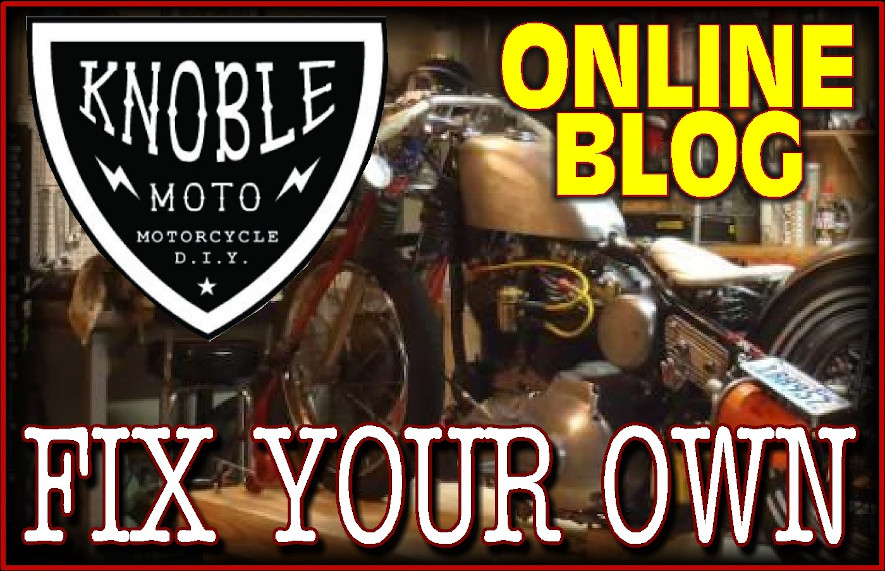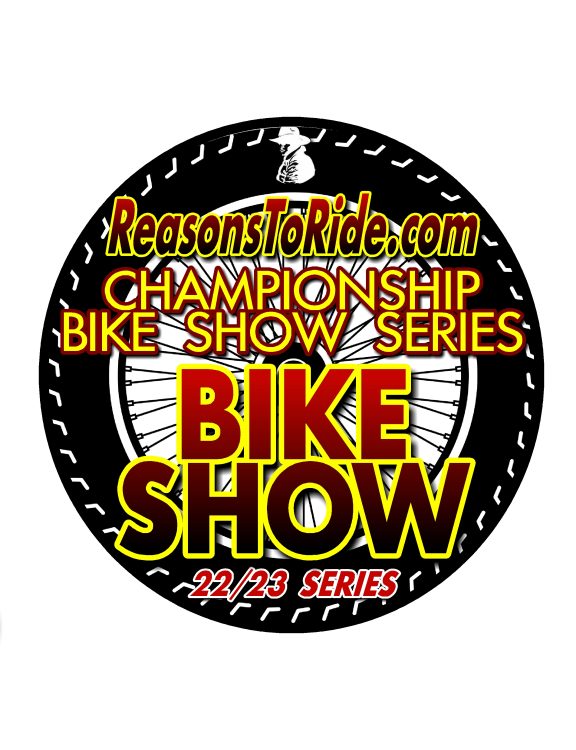
Dyna Exhaust Project Part 3 “Re-Tuning Fuel Injection”
Over the last two months we looked at removal of the stock exhaust and installation of a 2:1 Supertrapp SuperMeg on an 05 Dyna. So the third and final step is to re-tune the bike for the new exhaust. But first we will look at the basics of re-tuning fuel injection.
Fuel injected bikes will adjust themselves for a new exhaust via the 02 sensors. BUT, that is only for a similar exhaust. If you switched from a stock system to something radically different like a drag pipe or side dump style exhaust, it will be too radical of a change for your fuel injection system to understand what is going on, so you will need a re-tune. However, many bikes are tuned slightly lean from the factory to help pass emissions standards, so a re-tune will adjust this and possibly unlock a little more power, even if you are just switching to slip ons *Check your local laws regarding this procedure.
Do I need a re-tune? General a higher flow exhaust will initially make the bike run leaner (aka more air vs fuel.) If your injection does not compensate enough for this lean condition, you will notice things like popping during engine braking, or the bike will get louder when you roll out of the throttle. We all know someone who’s bike gets stupid loud when they roll out of the throttle. That is caused by a lean burning condition, and the popping is unburnt fuel igniting the hot exhaust. It ignites due to the higher exhaust gas temperature created by the lean burning condition. Remember, more fuel will make the exhaust cooler. (relatively)
So the options for re-tuning fuel injection are have the dealer re-tune it, go to a dyno tuner, or you can do it yourself. Since Knoble Moto is all about the D.I.Y., we will look at doing it yourself. Vance and Hines, and Dynojet both offer simple & straight forward tuners. These are simple to use with either a supplied touch screen or an app for your phone. These tuners will plug into your bike, connect with your phone and then re-tune your bike to the appropriate exhaust and engine modifications. Their products will work with any brand of exhaust.
If you have a carburetor on your bike you will have to rejet your carb. When swapping from a stock exhaust to an aftermarket one, it is rare that you will have to go more than one size on any single jet, but rare does not mean impossible. If you are doing this in your garage, here are some solid guidelines to go with. First, take it for a ride, and see how it runs with the new pipe. What rpm range does it seem to run poorly at? Write it down and take notes for reference later. Start with adjusting the idle circuit, then work your way up from there. Generally, when going to a higher flow pipe, you will need to richen the idle mix up a little. If we are talking about a stock Harley carburetor, only make adjustments of 1/8th turn at a time. On the stock carbs, the idle screw is an “air bleed circuit”, so the further you back the screw out, the more air bleeds into the idle circuit. That means you are getting LESS fuel into the engine. So, with the engine idling at full temp, turn the screw IN by 1/8th of at turn at a time, and then let the engine idle for a few seconds while the mix balances out. Keep making small adjustments until the engine rpm starts to drop, or the engine starts to run poorly, then begin to back the screw off until the idle smooths back out. This will set your idle just slightly rich and this will keep your bike idling cool and make cold startups a little easier.
Take it for a short ride and see how it runs. If you are just running slip ons, there is a good chance that this will be the only adjustment that you will need to make. *Note If there is a cap over your idle screw, you will have to drill it out. This is called a welch plug, and they were installed to keep the bike in proper settings with emissions regulations and to keep us from fiddling with it.
Next ride the bike and pay attention to how it runs at low rpms. If it runs rough or surges you may need to increase your intermediate jet. Go one size bigger at a time, then ride it. Once it cools, check the spark plugs and see what color they are, and compare them to a spark plug color chart. Last of course is the main jet, and you will use the same procedure as the intermediate jet.
Of course, there are a few companies like Dynojet who make complete jet kits for your bike based on upgrade. Just follow their instructions and install. They have already put the work into the engineering.
That’s the basic in’s and out’s of an exhaust install. On my Dyna there was a notable power increase, especially at the low end. If you would like to learn more about keeping your motorcycle on the road, consider taking a class from Knoble Moto. All class listings are posted on the website and social media, and all classes are held at Skidmark Garage. If there is a subject you do not see covered, shoot me an email at knoblemoto@gmail.com Find us on Facebook at www.facebook.com/knoblemoto, Instagram @knoble_moto & www.KnobleMoto.com www.youtube.com/c/knoblemoto



